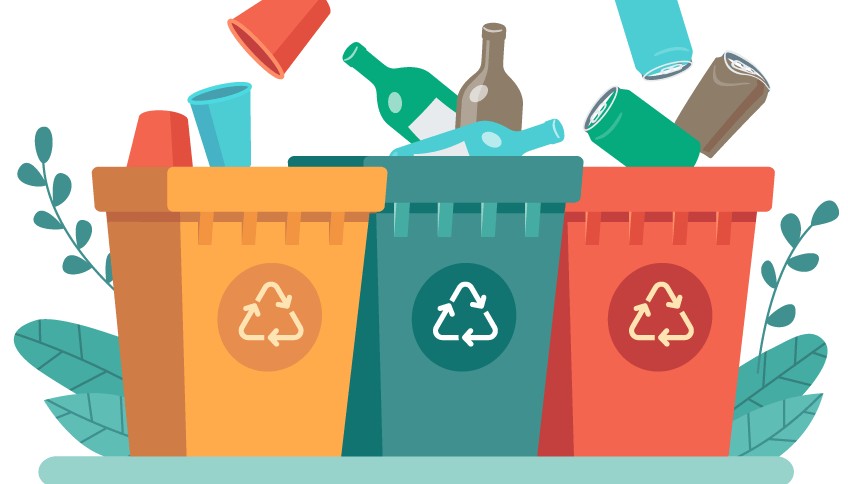Separate collection is one of the key tools to build a circular economy and fight plastic pollution. However, collection patterns, recycling targets and actual recovery rates vary widely from country to country. Knowing these differences is crucial to understanding the challenges and opportunities of the recycling sector globally.
How separate waste collection is made in the world: comparing models
Italy: Door to door disposal system
- Separate waste collection in Italy is very widespread and is mainly based on:
Door-to-door
Street collections
Collection centres
- EU targets to 2025: 55% recycling of plastic packaging.
- Percentage of separate collection (2022): 65.1% of total municipal waste.
- Percentage of recycled plastics (2022): about 48%.
Germany: “Duale system” model
- One of the most advanced systems in the world: door-to-door collection and dedicated bins.
- Introduction of the “Grüner Punkt” (Green Dot) for the financing of packaging recovery.
- EU targets to 2025: 55% plastic recycling already almost achieved.
- Percentage of recycled plastics (2022): around 56%.
- Strong use of automated sorting facilities.
France: Gradual extension of recyclables
- Door-to-door collection and ecological islands.
- Gradual implementation of the collection of all plastics.
- Percentage of recycled plastics (2022): around 30%.
- Focus on new chemical recycling technologies to improve recovery rates.
Scandinavia: Excellence in collection and deposit systems
- Countries such as Norway, Sweden and Finland use deposit systems (DRS) with bottle return rates above 90%.
- Norway: more than 97% of PET bottles are recycled.
- Highly efficient separate collection and high citizen involvement.
United Kingdom: System still fragmented
- Recycling collection uneven across counties.
- Percentage of recycled plastics (2022): about 44%.
- A deposit system is being introduced by 2027.
United States: Decentralised and inefficient system
- Each state and city manages collection independently.
- Absence of federal standards.
- Percentage of recycled plastics (2022): only about 8-9%.
- Strong dependence on landfills and waste-to-energy plants.
China: From import ban to enhanced domestic collection
- Has banned the import of plastic waste from abroad since 2018.
- Is developing urban separate collection systems (still in the early stages).
- Objective: to reach 35% separate collection in major cities by 2025.
Japan: Hyper-structured collection
- Compulsory separate collection with more than 10 waste categories.
- Percentage of recycled plastics (2022): about 84%, but much of it through energy recovery (incineration with energy production).
- Great civic awareness and strict enforcement of rules.
Global percentages of recycled plastic
Europe: Average about 35-40% (with peaks in the Nordic countries)
Italy: About 48%
Germany: About 56%
France: About 30%
USA: About 8-9%.
China: In growth phase, data not always consolidated
Japan: 84% (including energy recovery)
Global challenges in separate plastic collection
- Uneven systems between and within countries.
- Low quality of collection: presence of dirty or non-recyclable materials.
- Lack of advanced infrastructure in developing countries.
- Illegal export of waste to countries with less restrictive regulations.
- Need to invest in chemical recycling to recover difficult plastics.
Where is separate collection going?
The future of separate plastics collection will increasingly be:
-Digital, with automated traceability and control systems.
-Standardised, at least at European level, with shared targets.
-Empowering, with systems such as the deposit.
-Technological, with the development of new chemical and mechanical recycling methods.
For companies like Germanplast, operating in the plastics remanufacturing sector, understanding international dynamics and collection trends is essential to remain competitive and align with global sustainability standards. Our new construction or used, seen and liked or reconditioned machines are always up-to-date on our website. Please, also check our Youtube channel.
